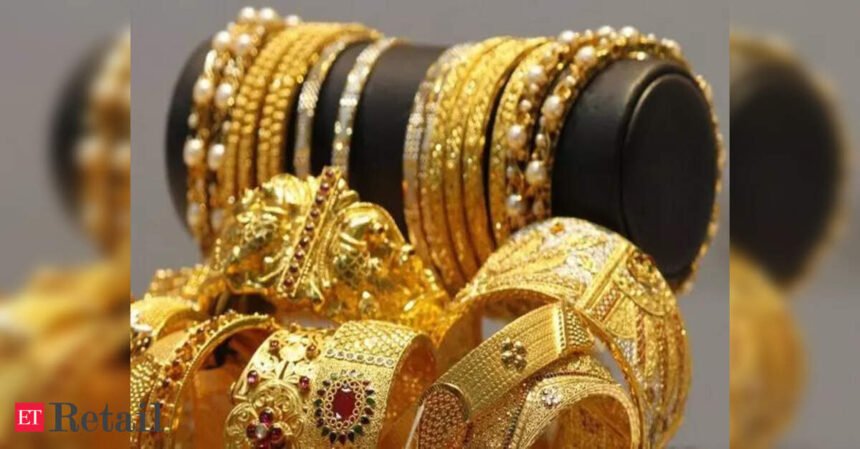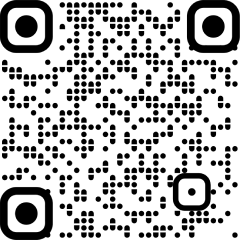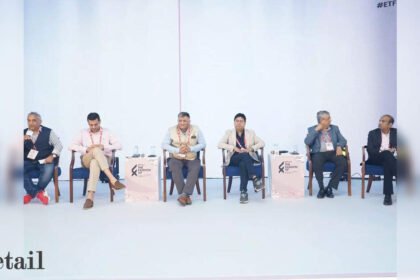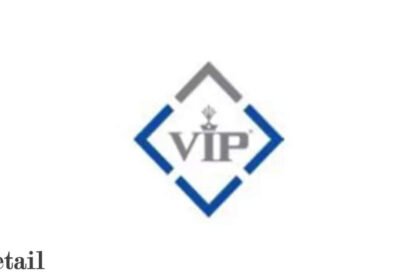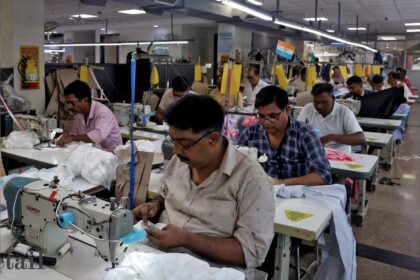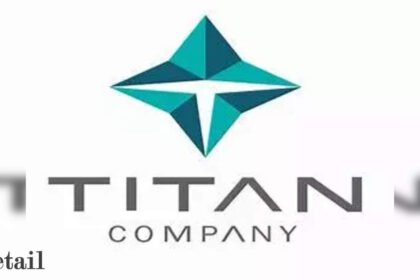
US President Donald Trump’s doubling of existing tariff to 50% on India has prompted the Indian gem and jewellery industry to explore setting up manufacturing units in low tariff nations like Dubai and Mexico from where they can directly export to the US, otherwise they say it’s doomsday for their export business.
The US is the largest market for Indian exporters of diamonds and studded jewellery worth $10-billion as of 2024-25. The United Arab Emirates faces a 10% tariff while Mexico 25%.
Gem & Jewellery Export Promotion Council chairman Kirit Bhansali said the 50% tariff is a doomsday for the Indian gem and jewellery sector. We have to find alternate ways to do business with the US, he said.
“We will reroute our products through other countries after studying the tariff structure of that country with the US. We will set up manufacturing units there quickly. Dubai is the nearest destination for us. We will also look into rerouting studded jewellery through Mexico, if required. However, we will do everything legally,” Bhansali said.
As per media reports, India’s biggest jeweller Titan Company has confirmed exploring shifting some manufacturing to the Middle East to maintain low-tariff access to the US.
Bhansali said when the tariff was 25%, the industry had thought of recalibrating margins to do business with the US. “But now with a 50% duty, it has simply become impossible for us to survive,” he said.
A team from the US gem and jewellery industry is visiting India on August 19 to hold talks with the industry body and union commerce ministry on the tariff issue. There are 70,000 small and medium jewellery retail outlets in the US who largely source jewellery from India.
However, the goods in transit will not get impacted due to this high tariff. Adil Kotwal, president of Mumbai’s SEEPZ Gems and Jewellery Manufacturers Association, said there are no orders from the US now. “The little bit orders that we got before August 7 have been shipped,” he said. SEEPZ houses 200 gem and jewellery exporting units and employs around 1 lakh people.
